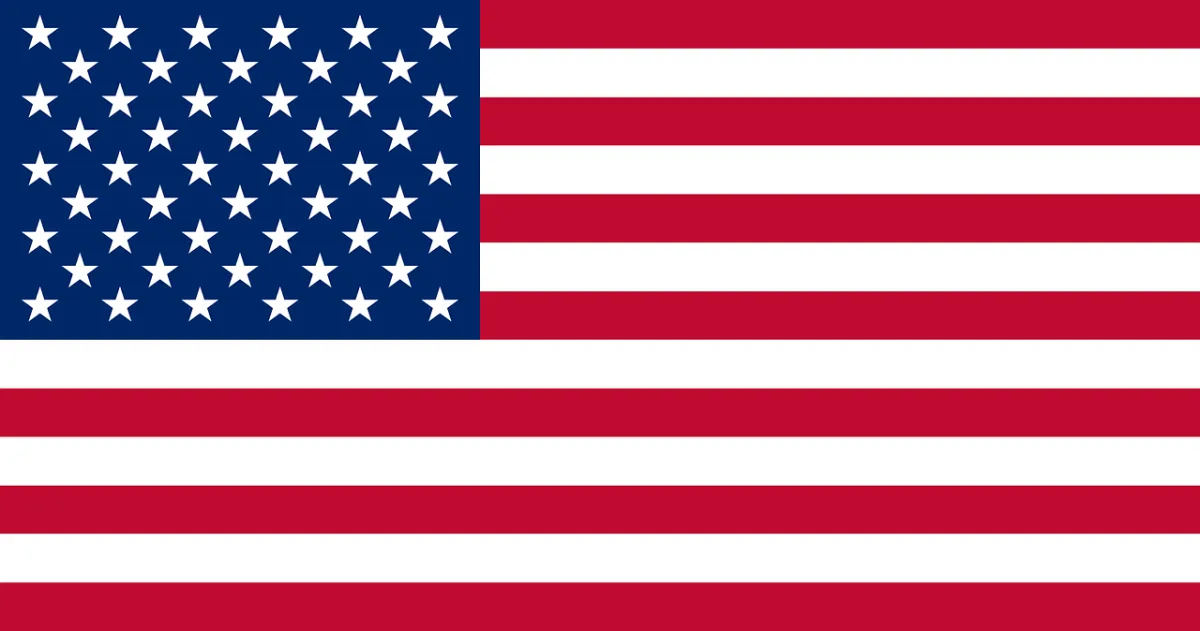Industry Leading Protection for Your Sportsman Business
Best Shot Delivers a Comprehensive Outdoor Business Insurance Program
PROTECTING THOUSANDS of Hunting & Fishing Guides, Outfitters, Charters, Ranches, Lodges, Clubs, Leases, Shooting Ranges, Gun Clubs, Hunting Reserves, and More!
Industry Leading Protection for Your Sportsman Business
Best Shot Program Delivers a Comprehensive Outdoor Business Insurance Program at the Best Prices That Are Available
PROTECTING THOUSANDS of Sportsman Stores, Hunting & Fishing Guides, Charters, Ranches, Lodges, Clubs, Leases, Shooting Ranges, Gun Clubs, Hunting Preserves, and More!
Get Started TODAY
The Best Shot Way
The Best Shot Way focuses on hitting our shot the first time. Saving you more money, getting more coverage, and preventing your business headaches & mishaps. This is EXACTLY WHY BEST SHOT STANDS OUT AS THE PREMIER BUSINESS INSURANCE PROVIDER FOR THE OUTDOORS INDUSTRY!

1,000's of Outdoors Businesses Served
Your Hunt for Insurance is OVER
125+ Years of Customer Satisfaction

Sportsman Insurance Done Right
Anything can happen in the outdoors. Making sure you are covered and protected is CRITICAL. We take pride in making sure your business is not only covered in a professional manner... BUT covered in an AFFORDABLE, COST EFFICENT WAY!

Sportsman Stores, Retail Firearms, & More
Protecting your sportsman shop is essential in the outdoor recreational industry. From accidents within the store to unexpected damages or losses. Tailored insurance coverage, we can provide comprehensive protection against liability, property damage, theft, and natural disasters.

Guides & Outfitters
Hunting or fishing guide/outfit? Coverage for your business is ESSENTIAL. Our coverage programs are designed to get the most BANG FOR YOUR BUCK & PROTECT YOUR BUSINESS. Our RATES are among the MOST COMPETITIVE IN THE INDUSTRY!

Clubs, Ranches, Lodges, & Preserves
Whether you run a ranch, lodge, preserve, or hunting club, our insurance programs are tailored to provide MAXIMUM PROTECTION for your investment while offering COMPETITIVE RATES. Trust us to safeguard your business interests effectively and efficiently.
Industry Affordable Rates
Protect Your Business
Be Prepared for the Unexpected


Protecting Your Business!
Your shield against the unexpected. From equipment damage to liability risks, protecting your business ensures you can focus on what you do best: providing unforgettable outdoor experiences. Don't let surprises catch you off guard. Invest in peace of mind and protect your passion.

Saving Money & Time
TIME IS MONEY. That's where we come in. Our tailored insurance solutions are designed to save you both. With our expertise, you can secure comprehensive coverage without the hassle, allowing you to focus on what truly matters—growing your business. Say goodbye to wasted hours and unnecessary expenses. Get Quoted for BEST Rates Today!

Making Our Mark
Why Us? WE TREAT YOUR BUSINESS AS IT IS OUR OWN. Trust and providing a top notch service is our #1 priority. How do we do this? We figure out your goals and make sure you are getting the MOST COMPETITVE AND AFFORDABLE RATES, WHILE NOT SACRIFICING COVERAGE!
Our Valued Customers
Providing RELIABLE | AFFORDABLE | COMPREHENSIVE coverage to those who work in the outdoors
We take care of the rest. Hassle Free & Best Pricing
FAQS: Outdoors Business Insurance
Here are common questions we get asked by business owners that are in the outdoors industry. Do NOT hesitate to reach out. We always say no question is a dumb question!
Q: How long until I have coverage in place?
A: Coverage can be in place in as little as 24 hours up to 72 hours, during normal business hours Monday through Friday. Once we receive your application and wavier we will process and obtain a formalized quote, tailored to your specific needs. When you receive the quote, it will have all items that are needed for you to implement the policy and make payment. During normal business hours, Monday through Friday, when all items are sent back and proof of payment has posted, your policy can then be activated the same day.
Q: Why do I need to use a wavier with my guests?
A: Our program is designed to protect you and your business entity at the time of a claim. While the policy is designed to pay out in claims you are found negligent of, a wavier helps the courts determine if frivolous lawsuits should be heard. The use of the wavier can help in the judicial system throughout a claim you’re not negligent of and/or be entered in to be used during a court hearing. It is another layer of business practices to help you defend against claims you are not negligent of.
Q: Why do you require a minor to be named and parent or guardian must sign the wavier for each minor?
A: The insurance program is designed to help fight frivolous lawsuits. Identifying a minor by name with a signature for a parent or guardian, proves they are accepting the responsibility of the minor(s) and confirms that the minor did in fact participate in your services under the parent or guardian’s permission.
Q: Can I name another entity as an Additional Insured?
A: Yes. Additional Insureds are included at no additional cost. We just need their legal entity name, mailing address and email address if you prefer we email it to them directly.
Q: Cyber Coverage, do I need this?
A: Yes & No. If you rely on your website for your transactions and lively hood and it goes down or is held for ransom, coverage could help you finically recover the costs to get back up and running from scratch. If you have no website or transactional online use, then this coverage is not recommended.
Q: What states does your policy offer me coverage in?
A: The Guide/Outfitter policy offers you coverage in all 50 states, US Territories and limited exposure in Canada.
Q: Why does my policy not cover my personal use?
A: The policy is designed for the commercial outdoor services you offer. We recommend you obtain a personal policy for equipment that is used for personal and business use.
Q: Do I have to purchase Accident and Health Insurance Coverage?
A: No. However, this coverage offers up to $25,000 in accident coverage for guests and guides.
Q: How does the Accident Policy cover my guides?
A: The Accident policy is separate than your liability coverage which only covers your guide(s) for liability claims. Injury caused by a guide under your care, custody and control would be a covered claim under the accident policy for your guide(s) up to $25,000. This is not intended to replace or in lieu of Workers Compensation insurance.
Q: Do you offer property coverage?
A: Yes, we can provide coverage to lodges, cabins, outbuildings and for remote camps.
Q: Will my premiums go up if I make more money during my policy term?
A: No. Your policy is non-auditable, so increased sales during your policy year will not result in additional cost to that policy term. However, upon renewal, your new policy will be adjusted to reflect said changes.
Q: Can you insure my equipment such as; UTV’s, boats (powered, drift, canoe, kayaks), deer blinds, golfcart, tractors, fishing equipment, other equipment used in my business?
A: Yes. We can offer coverage for most equipment needs you may have. **E-Bikes are currently not eligible for coverage.
Q: Does my General Liability policy cover me for when clients are riding with my guides?
A: No. The policy only offers liability coverage for your guiding activities. Auto Liability is separate coverage form that follows the vehicle in which the policy is covering. We can offer your entity Non-Owned and Hired Auto coverage if another entity requires this of you to use their land or access the waters.
Q: Who does your insurance policy cover?
A: Guides or Outfitters-Operations which take clients on outdoor expeditions for a charge. Below is a list of acceptable guided outdoor expeditions: Hunting, Cross Country Skiing, Fishing, Snowshoeing, Boating (operated by Insured), Dog Sledding, Hiking, Canoes, Kayaks, SUP, Tubing, Photography Tours, ATV’s/Tree Stands (only related to hunting), Hunt/Fish Clubs, & Mountain Biking.
Q: Who does your insurance policy NOT cover?
Whitewater rafting
Bungee-Jumping, Paintball, Sky-diving, hang-gliding, para-sailing, ballooning, sailplane, ultra-light personal aircraft units.
Ski Lifts, tobogganing, sledding, downhill skiing, gondola transport, funicular transport, zip-line type activities.
Rock Climbing or spelunking
Unguided use of ATVs or Snowmobiles (other than for the transportation of guests, equipment or game from the site of the activity and the insured’s operational base)
Jet-skis, waver runners or other personal powered watercraft.
Boat tours that exceed 15 passenger guests
Survivor training experience including schools.
Accounts routinely operating watercraft outside designated, approved offshore distance limitations (4 miles)Hoverboard sales/service/lease/or rented
Aviation exposures
Mountain Biking in the state of OR only.
Follow us on social media!
Want to follow us? Click on the icons to follow our journey!



© 2025 Best Shot Insurance - All Rights Reserved

